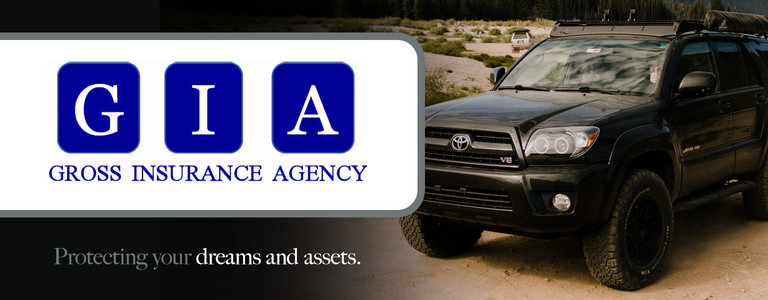 Almost everyone who operates a vehicle is required to have auto insurance. Insurance requirements may vary by state, but at the very minimum, you must carry basic liability insurance with the minimum limits required by your state.
Almost everyone who operates a vehicle is required to have auto insurance. Insurance requirements may vary by state, but at the very minimum, you must carry basic liability insurance with the minimum limits required by your state.
Liability insurance covers damages to others’ property and injury to others you cause in an auto accident. In exchange for an insurance premium, the insurance company agrees to pay either for damages to others and their property you cause in an accident or damages to your vehicle if you have full coverage. Full coverage insurance, comprehensive and collision coverage, pays for damage to your vehicle caused by an accident. Comprehensive and collision insurance have a deductible, which is the amount you must pay before your insurance company begins paying for damages.
Types of auto insurance liability
There are four categories of auto liability insurance: no-fault, choice no-fault, tort liability, and add-on. The type of auto insurance liability you may purchase depends on the laws of your state.
- No-fault: No-fault insurance was intended to reduce the number of auto insurance liability lawsuits. The insurance company pays for minor injuries in an auto accident regardless of who was at fault. Another name for no-fault auto liability insurance is personal injury protection (PIP). Some states have mandatory requirements where all drivers are required to carry PIP auto liability insurance. No-fault insurance will pay for things like medical treatment, lost income, funeral expenses, and other associated fees. If you live in a no-fault state, you may still sue for certain severe injuries if they meet certain eligibility requirements.
- Choice no-fault: In choice no-fault states, you have a choice of purchasing a no-fault policy or a traditional auto insurance policy.
- Tort liability: Some states have tort liability laws, meaning there is no restriction on lawsuits. If another person is at fault in a car insurance accident, you may sue the other driver for pain and suffering, medical expenses, and other out-of-pocket expenses.
- Add-on: In add-on states, you can receive payment from your insurance provider as in other no-fault states, but there is no restriction on lawsuits. The first-party benefits (the amount you are paid by your insurance company) are added to the traditional auto insurance liability policy.
States with no-fault insurance laws
No-fault auto insurance differs from standard auto insurance in that all drivers file a claim with their own insurance company regardless of who is at fault in the accident. According to the Insurance Information Institute (III), 12 states and Puerto Rico have no-fault insurance laws. The states with no-fault insurance laws include Utah, North Dakota, Minnesota, Massachusetts, Kentucky, Kansas, Hawaii, Pennsylvania, New York, New Jersey, Florida, and Michigan.
Before purchasing auto liability insurance, you should review the state minimum requirements. Remember, minimum requirements are what you must purchase, but you can purchase more than the minimum to make sure you are properly protected. If in doubt, sit down with your insurance agent to go over your coverage options.







